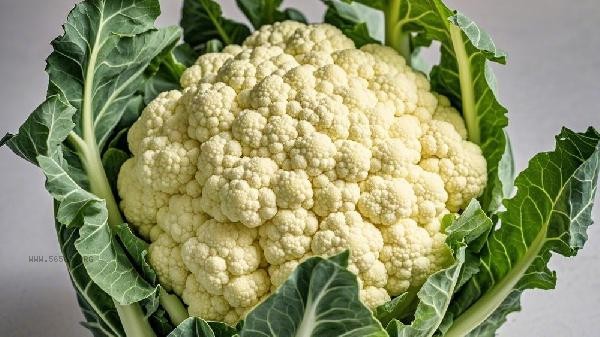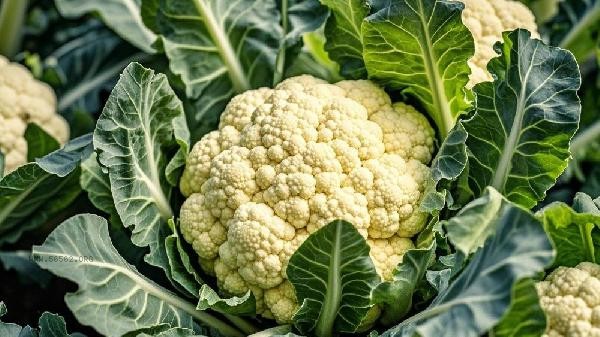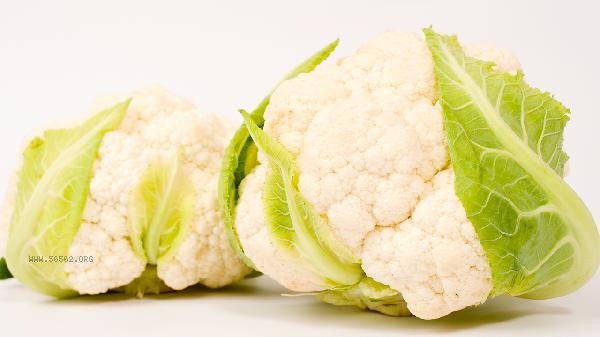The deterioration of cauliflower can be judged by observing changes in color, softening of texture, production of odors, appearance of mold spots, and exudation of juice. Fresh cauliflower should appear white or light yellow, with a compact texture and no obvious odor.

1. Color Change
The flower ball of fresh cauliflower is usually uniform milky white or light yellow. If there is a large area of yellowing, browning, or blackening, it indicates that it has begun to decay. If the color of some varieties of purple or green cauliflower fades or darkens, it also indicates a decrease in freshness. If dark oxidation marks appear at the incision site of the stem, comprehensive judgment should be made based on other indicators.
2. Softening texture
When lightly pressing the flower ball with your fingers, fresh cauliflower should maintain a hard and tight texture. If the flower buds are loose and fall off, the stem is soft or has a sticky feeling, it indicates that the cellular tissue has decomposed and deteriorated. Pay special attention to the sponge like cavities at the base of the flower ball, which often accompany the growth of microorganisms.
3. Odor production
Normal cauliflower has a slight grassy smell, and after spoilage, it will emit a sour, moldy, or sulfur-containing odor. This odor originates from the volatile substances produced by the decomposition of glucosinolates by spoilage bacteria. If there is still a pungent odor after refrigeration, it is not recommended to consume even if the appearance is normal.

4. Appearance of mold spots
The appearance of white fuzz, black spots, or green mold spots on the surface of cauliflower is a typical manifestation of mold reproduction. Mold usually starts from the gaps or mechanical damage in the flower ball, and the moldy part and the surrounding 3-centimeter area should be discarded. Note that in the early stages of mold growth, it may only appear as small gray spots and require careful inspection.
5. Juice leakage
When cutting fresh cauliflower, there is no obvious juice. If turbid liquid accumulates at the bottom of the packaging bag or water stains seep out from the flower ball, it indicates that the cell membrane has ruptured, leading to nutrient loss. The exudate with flocculent sediment is often related to bacterial contamination, and this type of cauliflower may still cause gastrointestinal discomfort after cooking.

When storing cauliflower, it is recommended to wrap the stem in a breathable fresh-keeping bag and store it upright with the stem facing downwards to avoid squeezing or sealing. Soak the cauliflower in light salt water for 10 minutes before cooking to help kill bacteria. The slightly softened cauliflower is suitable for making stew or soup and should be fully heated. If the flower ball shows two or more signs of deterioration or is stored for more than 7 days, it should be discarded for safety reasons. When making daily purchases, priority should be given to fresh cauliflower with tight flower buds and lush green leaves, and those with moist root incisions without dryness are preferred.








Comments (0)
Leave a Comment
No comments yet
Be the first to share your thoughts!